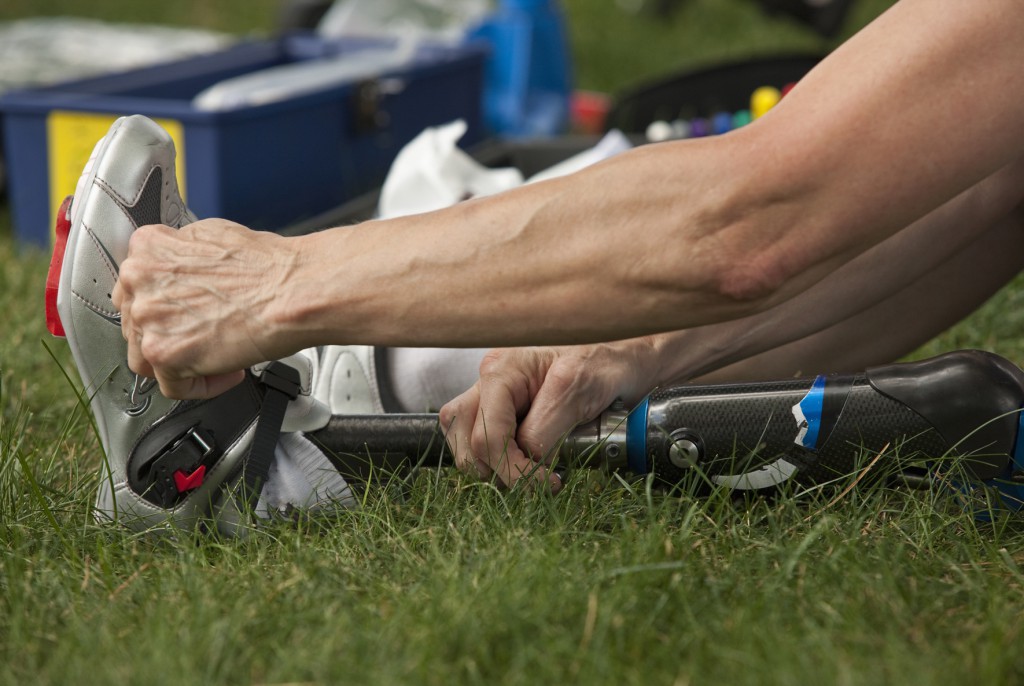I remember watching the Six Million Dollar Man for the first time and I thought to myself ‘that’s the future. That’s what we have to look forward to.’ Fast forward 30 years and it is not unreasonable to think we are almost there. Right now human bones and joints are being replaced with artificial mechanical components that can perform almost as well as our own limbs.
We have got a long way to go before we are anywhere near the sophistication of Steve Austin, but it is safe to say that science is making leaps and bounds towards making the reality of robotic prostheses closer than you may think.
When you think of a tooth implant what do you imagine? The same principles used in teeth implants are being utilised in limb replacement right now. It is called Osseointegration.
As a solicitor it is my job to ensure my clients get the best possible care, rehabilitation and support available. This includes prosthetics.
Osseointegration isn’t available in the UK. But people such as my clients Viktorija and Mark have successfully won their right to have the best in prosthetics. We were able to get treatment for Viktorija in Australia and for Mark in Sweden, where the pioneering technology is being perfected.
Osseointegration is the process in which a Titanium rod is inserted in to the leg bone of an amputee. Since Titanium is the only metal known to fuse with bone, the implanted material integrates with living bone, firmly anchoring the implant in place.
This process allows for an extruding fixture to literally work as a quick release mechanism on which a load bearing prosthesis can be attached.
My clients and others have all expressed their amazement in the advantages that osseointegration has given them over and above their previous socket based prosthesis:
- Less feeling of weight;
- More control over the prosthesis;
- No perspiration, pain, and tissue breakdown from an external socket;
- No need to remake a socket;
- Easier donning and doffing; and
- “Osseoperception”–the term given to the patient-reported feeling of heightened perception of the environment with osseointegrated prostheses.
Osseointegration is still in its early stages and more needs to be known about its long term effects and potential complications such as infection, but for some amputees, suffering on a daily basis with their socket based prosthesis, or for others who are wheelchair dependant because they cannot get a socket based prosthesis to even work, it is viable alternative which needs to be explored.
It is very much my hope that the more people are aware of osseointegration as a possibility, the more likely it is to be provided in the UK, initially on a private basis, but hopefully one day on the NHS as well.
To find out more about Osseointegration visit this page.
By Mark Bowman, Partner
SOURCE: Personal Injury Blog – Read entire story here.


